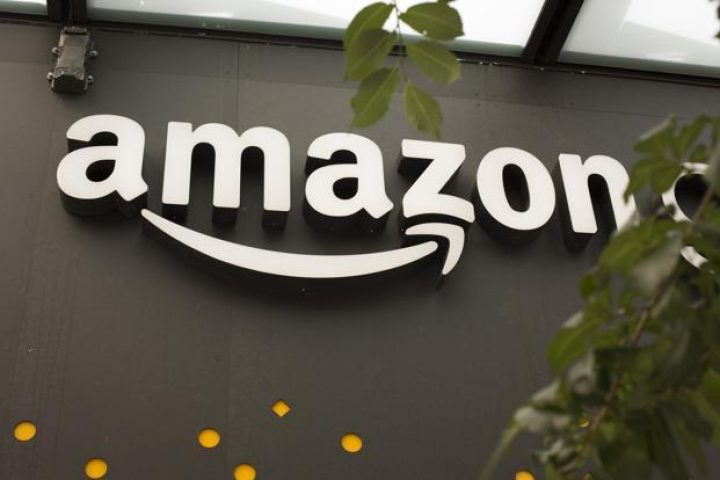
Little reason to fear Amazon’s monopoly with Whole Foods deal
Critics who worry that Amazon has monopolized online commerce will find more to gripe about in its $14 billion bid to buy Whole Foods. The deal will add an additional $16 billion in revenue to Amazon’s already enormous top line, which is expected to hit $200 billion next year. Amazon already tried to dictate prices to publishers of e-books, drawing suspicions of antitrust behaviour. That opinion appears to have a friend in the White House. During the election, Donald Trump said Amazon CEO Jeff Bezos had “a huge antitrust problem because he’s controlling so much.” At least one lawmaker, Representative Ro Khanna, a Democrat from California, has already urged a review of the proposed deal.
When it comes to the Whole Foods deal, though, there is little reason to fear an Amazonopoly.
The main concern of antitrust enforcement is whether concentrated market share will raise prices for consumers. That standard undermined antitrust claims against Amazon in its fight with book publishers because it was trying to drive down prices for consumers—not the opposite. And the market thinks Amazon’s push into the grocery business will do the same. Shares of Kroger Co., Wal-Mart Stores Inc. and every other publicly traded grocery company tumbled on Friday even though Amazon bought Whole Foods at a 30% premium.
Trump has talked about ratcheting up antitrust enforcement. But the Trump administration’s pick for top mergers cop, Makan Delrahim, is perceived to be a free marketer. And there’s been little push-back against deals. Earlier this week, Dow Chemicals and DuPont received approval for their chemical industry mega-consolidation. And all indications are that AT&T-Time Warner will get through as well.
It’s possible Trump’s personal animosity toward Bezos—the Amazon CEO also owns the Washington Post—could cause the president to push the Justice Department to try to block the deal anyway, perhaps on some novel anti-competition grounds. Still, it’s hard to see how the government could contend the deal is anti-competitive. The government typically measures that using a formula called the Herfindahl-Hirschman Index. For the government to block a deal, the HHI of an industry has to be both high, showing heavy concentration, but also be projected to rise considerably after a deal.
Even after the Amazon-Whole Foods deal, which would result in the nation’s seventh-largest grocer, the grocery industry would still be pretty competitive. Using industry share figures compiled by brokerage firm Cowen last year, and crunching them in University of North Carolina law professor Andrew Chin’s useful HHI online calculator, the supermarket industry comes out with an HHI of just 1,267—about half of the 2,500 score the government uses to define a highly concentrated industry.
If the government frames the Amazon-Whole Foods deal as strictly an online grocery merger, there’s more of a case against it. But still not much. The $20 billion e-commerce slice of the grocery business has a considerably higher, and potentially troublesome, HHI of 3,071. But the Amazon-Whole Foods merger doesn’t appear to make it worse. Whole Foods’ online presence is tiny, estimated at just $100 million, and executed through its web partner grocer Instacart. Factor in the Amazon-Whole Foods combo and the HHI score of the e-grocery business rises just 50 points to 3,121. For comparison, the proposed Comcast-Time Warner deal, which the government eventually blocked, would have doubled the HHI of the cable industry.
Investors seem to get this. There was no sign that the market was scared the government would block the deal. In fact, Whole Foods shares closed Friday at $42.68, or roughly 32 cents a share above Amazon’s acquisition offer after factoring in two quarterly dividend payments.
A combined Whole Foods-Amazon will face some formidable emerging competitors. Blue Apron’s recently filed IPO prospectus shows that the meal-kit delivery company’s $800 million in revenue doubled last year. Revenue at Instacart, which Whole Foods will have to distance itself from, is up 900% in the past two years. The online grocery market is expected to grow to $100 billion by 2025, leaving $80 billion in market share up for grabs. The Whole Foods deal is a bet by Amazon that it can bag a large portion of that, but the argument that Amazon already has a monopoly on a market that is far from its peak is one that is not quite ripe. Bloomberg Gadfly
Source:livemint.com
Categories: Stock Market
Sorry, comments are closed for this item.
